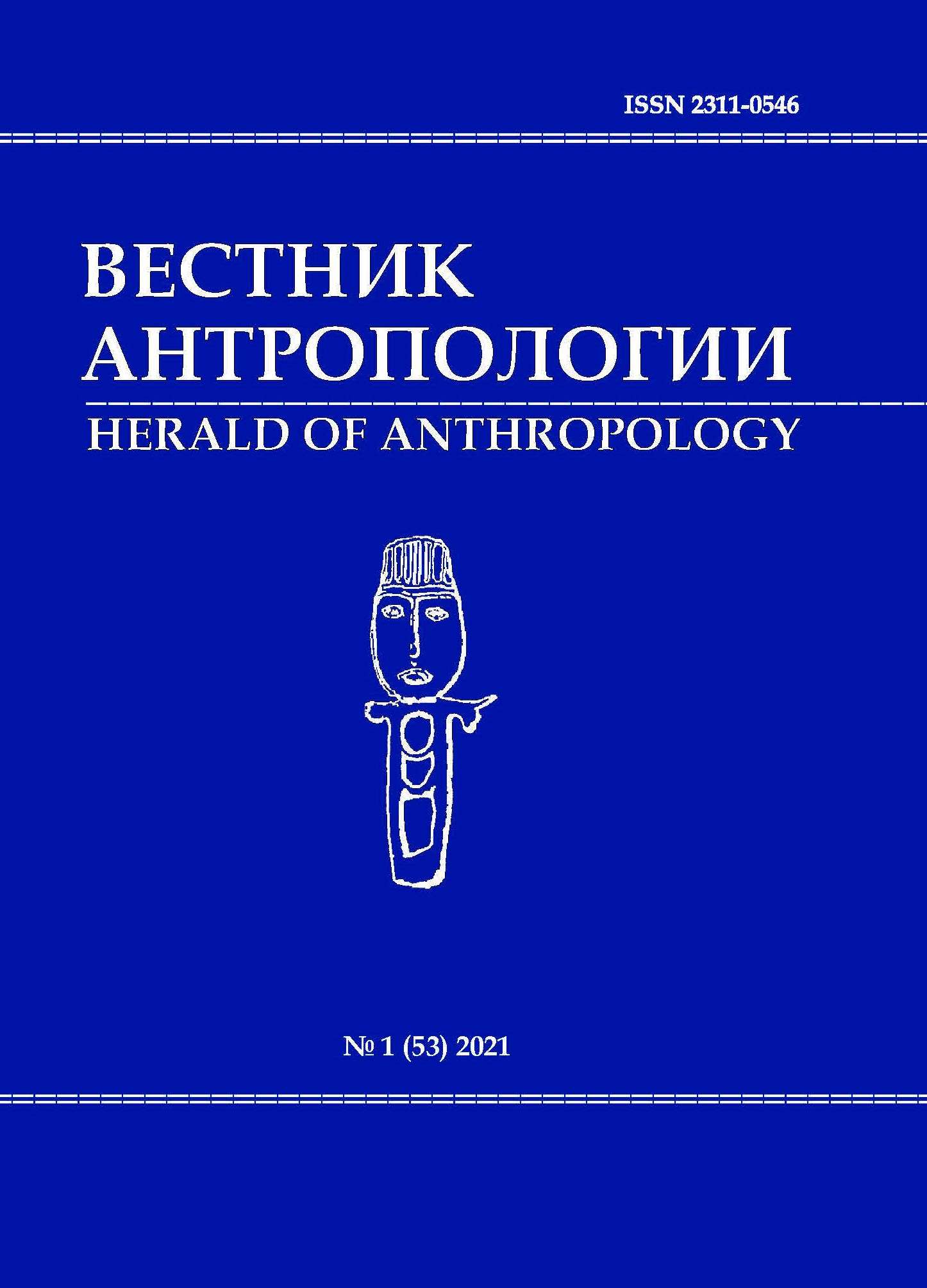Выйти за пределы «гетто»: стигма инвалидности и попытки ее преодоления
DOI: 10.33876/2311-0546/2021-53-1/36-49
Ключевые слова:
инвалидность, жизненная стратегия, стиль жизни, гетто, стигматизация, РоссияАннотация
В научной литературе ведутся споры о существовании культуры или субкультуры инвалидности. Однако не вызывает сомнений, что у людей с ограниченными возможностями здоровья формируются особые стили жизни, обусловленные не только наличием того или иного заболевания или нарушений функций организма, но и восприятием инвалидности как социокультурного феномена в конкретном обществе, а также стигматизацией людей с инвалидностью как социальной группы. Опираясь на свои полевые материалы, а также тексты автобиографических сочинений, автор показывает, каким образом в России складывается социокультурное «инвалидное гетто» – замкнутая среда, в котором люди с ограниченными возможностями здоровья часто учатся, работают, общаются. Отмечается, что такой стиль жизни характерен прежде всего для инвалидов детства. В статье также рассматриваются жизненные стратегии тех, кто получил статус инвалида во взрослом возрасте и кто пытается выйти за пределы «замкнутой» среды. Автор видит причины подобного обособления в низком статусе людей с ограниченными возможностями здоровья, а также в стигматизации инвалидности, глубоко укорененной в российском обществе и культуре.
Ссылка при цитировании: Носенко-Штейн Е.Э. Выйти за пределы «гетто»: стигма инвалидности и попытки ее преодоления // Вестник антропологии, 2021. № 1 (53). С. 36–49.






















